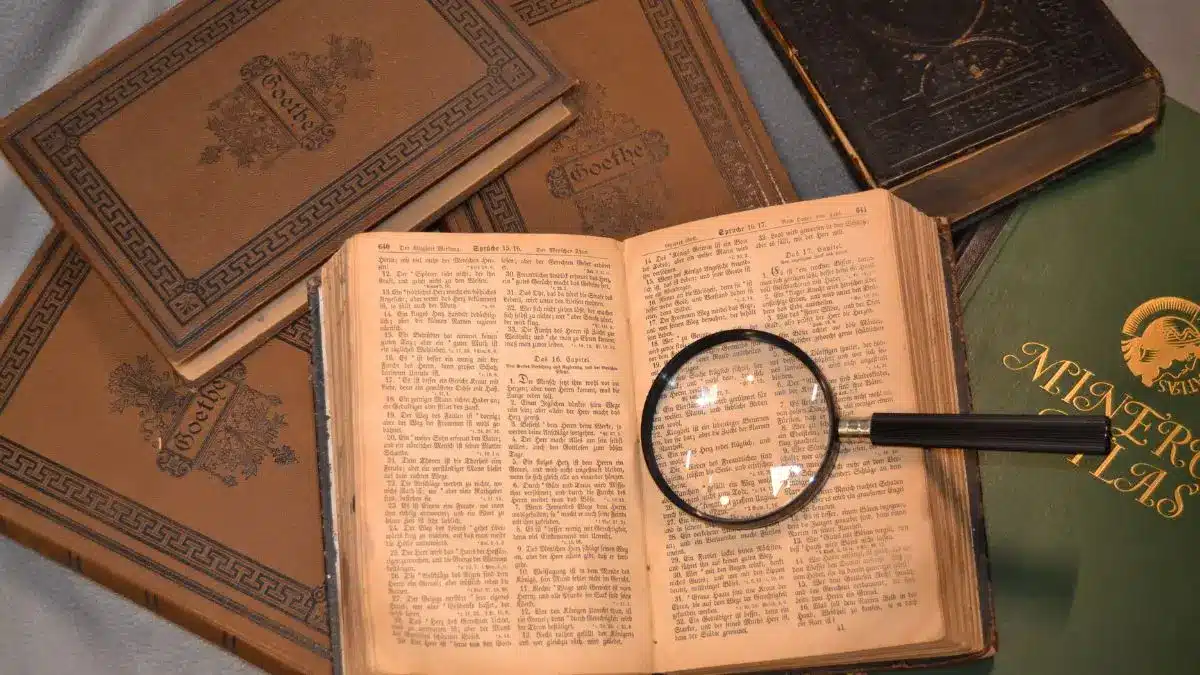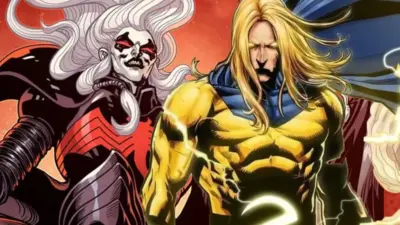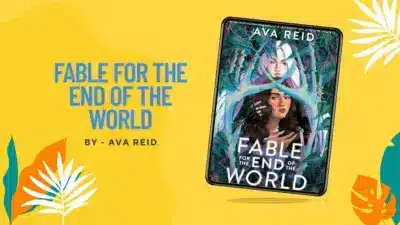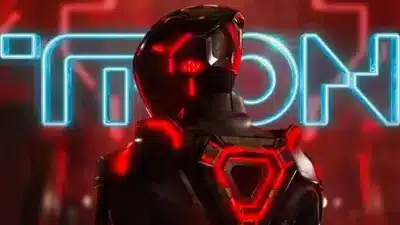Stories are the lifeblood of human connection. Whether we devour novels late into the night or binge-watch a gripping series, what truly keeps us hooked? Is it the thrilling twists and turns of the plot, or the deep, emotional evolution of the characters? This age-old debate has sparked endless conversations among readers, writers, and critics alike: plot-driven vs. character-driven stories. In this blog, we’ll break down both storytelling styles, explore their strengths and weaknesses, and ultimately ask the big question: which kind of story really grabs us and refuses to let go?
What Is a Plot-Driven Story?
Plot-driven stories put the narrative’s events at the forefront. In these tales, things happen—often fast, sometimes explosively. Think heists, chases, mysteries, wars, or world-ending disasters. The characters are still present, of course, but the emphasis lies in what happens to them rather than who they are.
Examples of plot-driven stories:
- The Da Vinci Code by Dan Brown
- Jurassic Park by Michael Crichton
- Most action films like Mad Max: Fury Road or Mission Impossible
These stories often rely on high stakes, compelling goals, ticking clocks, and suspenseful revelations. The characters might be intriguing, but they’re primarily there to move the story forward.
Pros:
- Fast-paced and thrilling
- Keeps readers turning pages
- Easy to follow
- Highly marketable (especially in film/TV)
Cons:
- Risk of shallow characters
- Emotional impact may be limited
- Harder to create a lasting impression if the plot is forgettable

What Is a Character-Driven Story?
Character-driven stories flip the script. These narratives revolve around the internal journeys of the characters. While things still happen, the focus is on how the characters feel, change, grow, or fail to grow in response to the world around them.
Examples of character-driven stories:
- Normal People by Sally Rooney
- The Catcher in the Rye by J.D. Salinger
- Films like Lady Bird or Manchester by the Sea
In these stories, the drama often unfolds in small moments. The tension lies in relationships, choices, and identity. They tend to be introspective, slower-paced, and layered with nuance.
Pros:
- Rich, relatable characters
- Emotionally resonant
- Often stays with the reader/viewer long after
- Great for deep, meaningful themes
Cons:
- Can feel slow or uneventful
- May lack urgency or momentum
- Can be niche or less commercially viable
Comparative Table: Who Prefers What?
| Audience Type | Plot-Driven Preferences | Character-Driven Preferences |
|---|---|---|
| Casual Readers/Viewers | Prefer action, suspense, and fast-paced storytelling | Seek simple but emotionally rewarding arcs |
| Literature Enthusiasts | May enjoy complex plots with layered subtext | Prioritize psychological depth and literary merit |
| Young Adults/Teens | Gravitate toward adventurous or dystopian narratives | Connect with coming-of-age or identity-driven tales |
| Screenwriters/Filmmakers | Focus on visual storytelling and pacing | Value performances and nuanced dialogue |
| Book Clubs/Reading Circles | Enjoy plots that spark debate | Love dissecting character motives and relationships |
| Writers and Authors | Study plot mechanics and structure | Explore character development and internal conflict |
Why Plot-Driven Stories Hook Us
Let’s face it—we live in an age of distractions. With so many demands on our attention, stories that grab us from page one and never let go can feel like a lifeline. Plot-driven narratives are tailor-made for our binge culture. They offer instant gratification, high tension, and external stakes that keep us engaged.
People turn to plot-driven stories when they want escapism. A page-turning thriller, a sci-fi space race, a courtroom drama—these are meals for the adrenaline-hungry brain. They’re also more likely to be adapted into blockbuster movies and series.
But that doesn’t mean plot is shallow. When done well, a plot-driven story can also explore big themes: corruption (House of Cards), survival (The Martian), or morality (Breaking Bad).
Why Character-Driven Stories Stay With Us
While plot-driven stories grip us, character-driven stories move us. They’re the ones that make us cry, reflect, and sometimes even shift our worldview. These stories don’t just entertain—they connect.
Character-driven stories feel real, even when they’re not. We relate to the flaws, empathize with the growth, and feel seen through their struggles. These tales are often more subtle but incredibly powerful in their emotional impact.
In many ways, character-driven stories are the soul of storytelling. They remind us of our shared humanity and invite us to walk in someone else’s shoes.
Can a Story Be Both?
Absolutely—and the best ones usually are. The most memorable stories often strike a perfect balance between an engaging plot and well-developed characters.
Take Harry Potter. It’s loaded with plot: magic battles, mysteries, prophecies. But it’s also deeply character-driven. We see Harry grow from a lost boy to a courageous leader. Ron, Hermione, Snape, and even Draco undergo meaningful arcs.
Another great example? The Hunger Games. The plot is intense: a televised death match. But it’s Katniss’s internal journey, her trauma, and her resistance to becoming a pawn that grounds the story.
When plot and character work hand-in-hand, the result is often storytelling magic.

So…Which One Keeps Us Hooked?
Here’s the honest answer: it depends on the reader, the mood, and the execution.
If you want edge-of-your-seat thrills and can’t stand slow pacing, plot-driven stories are your jam. If you crave emotional depth, introspection, and connection, character-driven stories are likely to resonate more.
But at the end of the day, great storytelling is never just one or the other. We stay hooked when we care what happens and to whom it happens.
So the next time you find yourself captivated by a book or show, ask yourself: was it the twists that kept you turning pages, or the characters that stayed in your mind long after the credits rolled?
Chances are, it was a bit of both.
Also Read: The Importance of World-Building in Fantasy Novels



